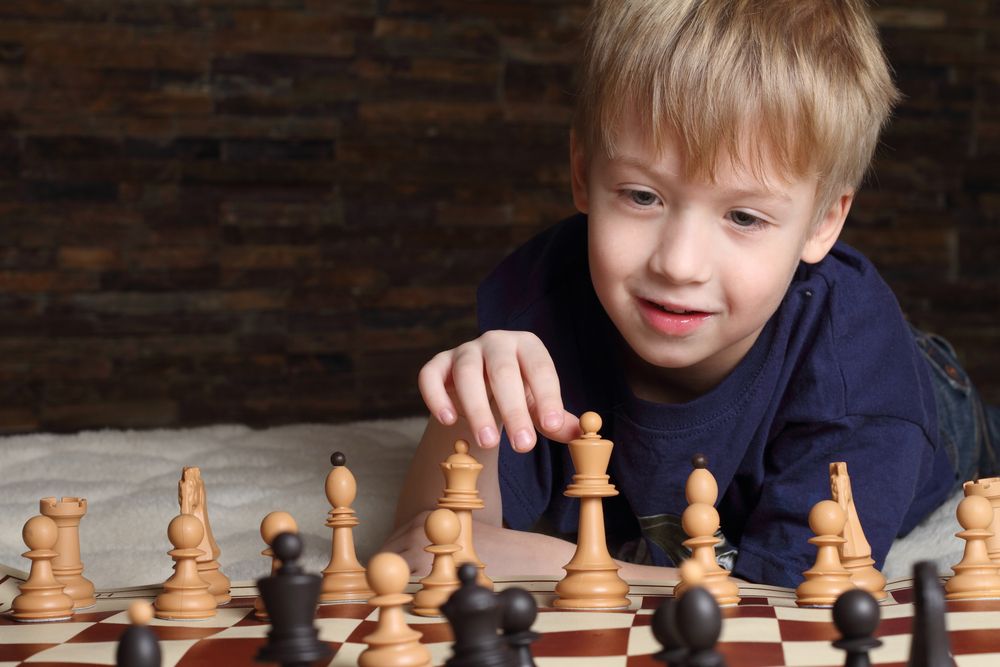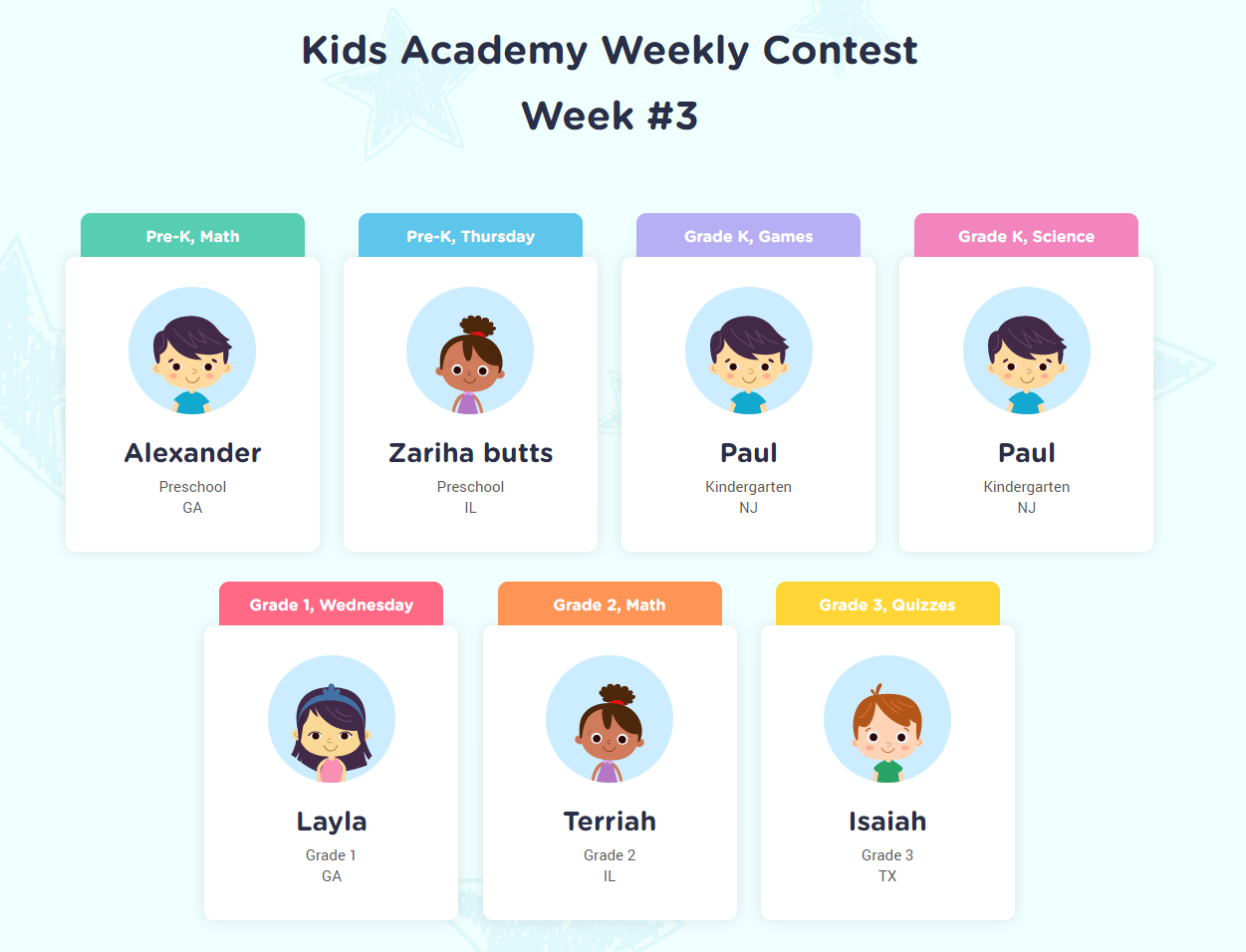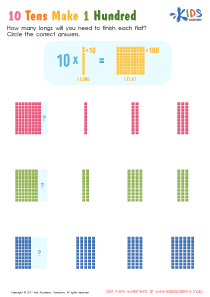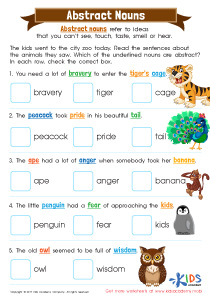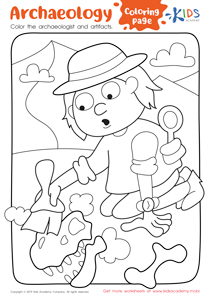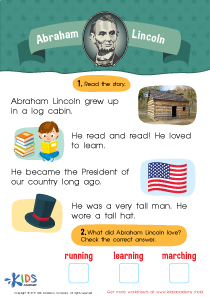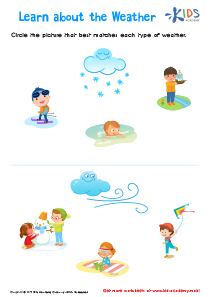Normal Chess Worksheets for Ages 6-7 - Page 3
54 filtered results
-
From - To
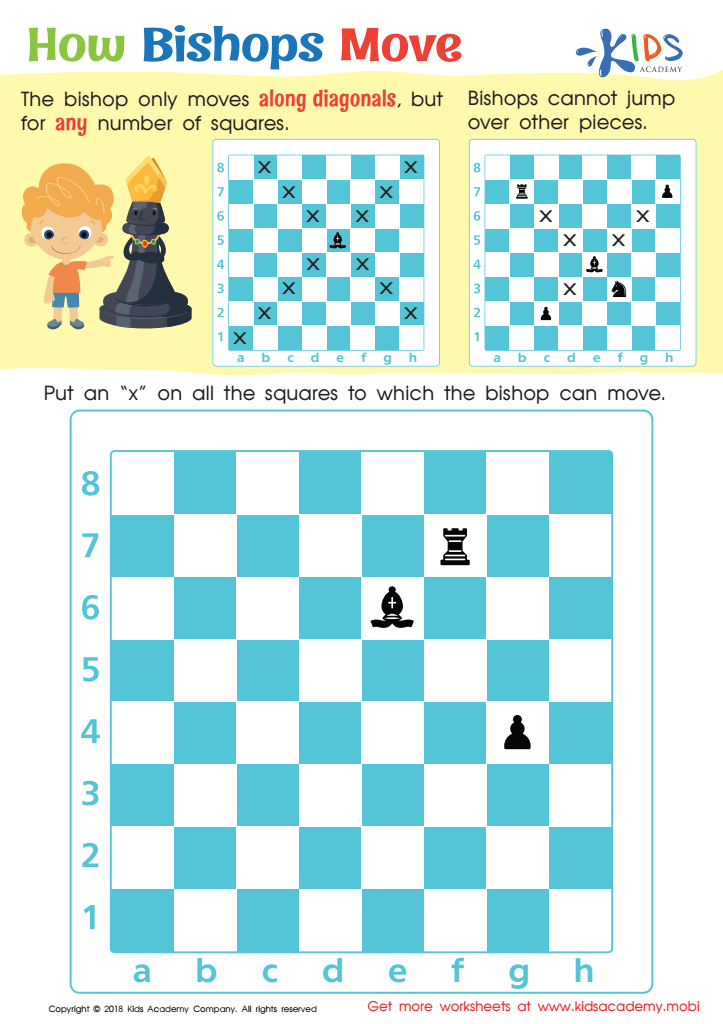

How Bishops Move Worksheet
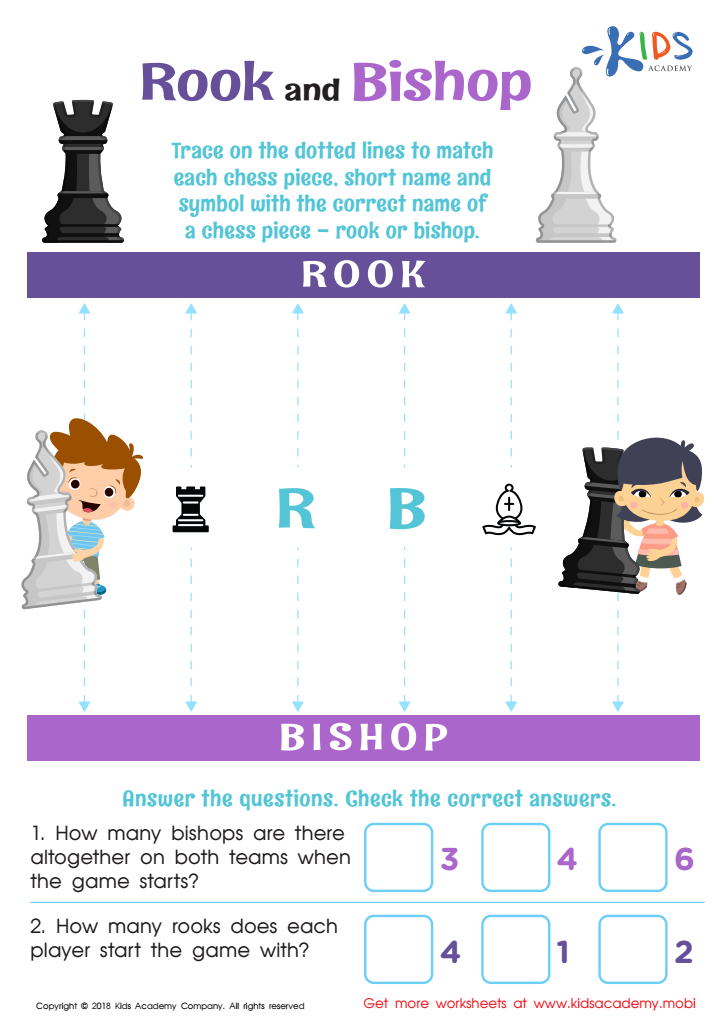

Rook and Bishop Worksheet
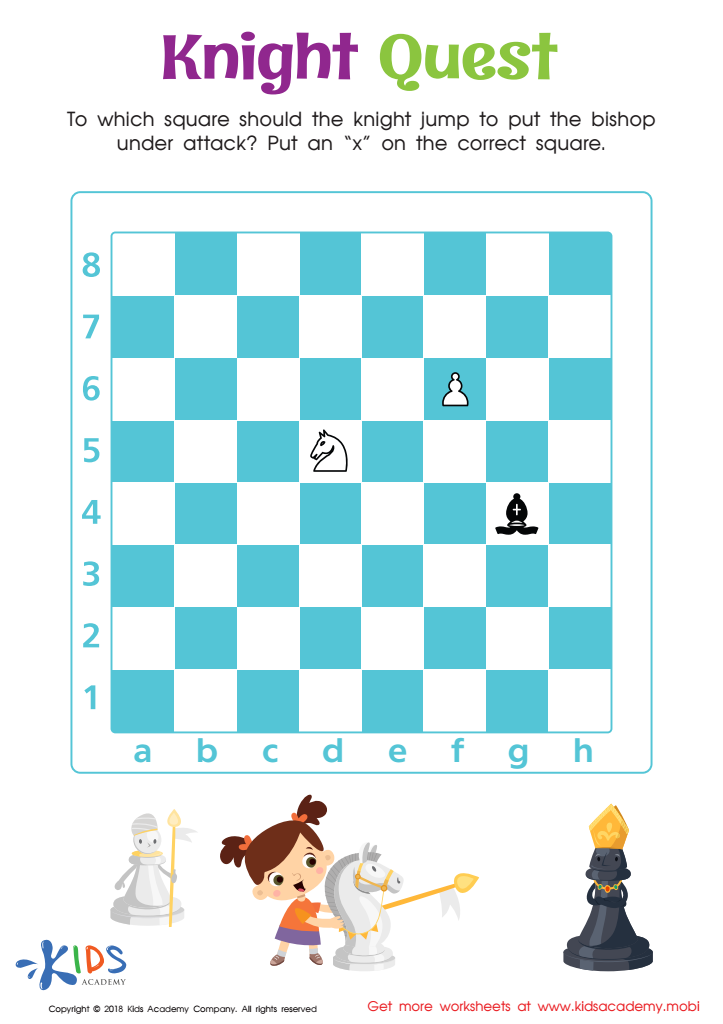

Knight Quest Worksheet
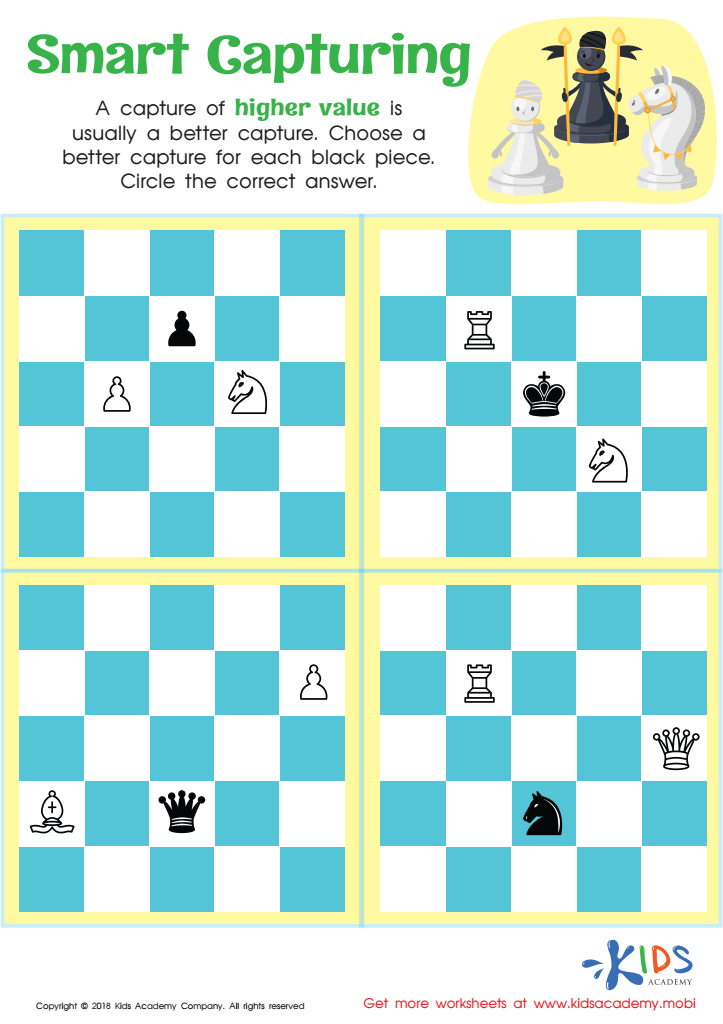

Smart Capturing Worksheet
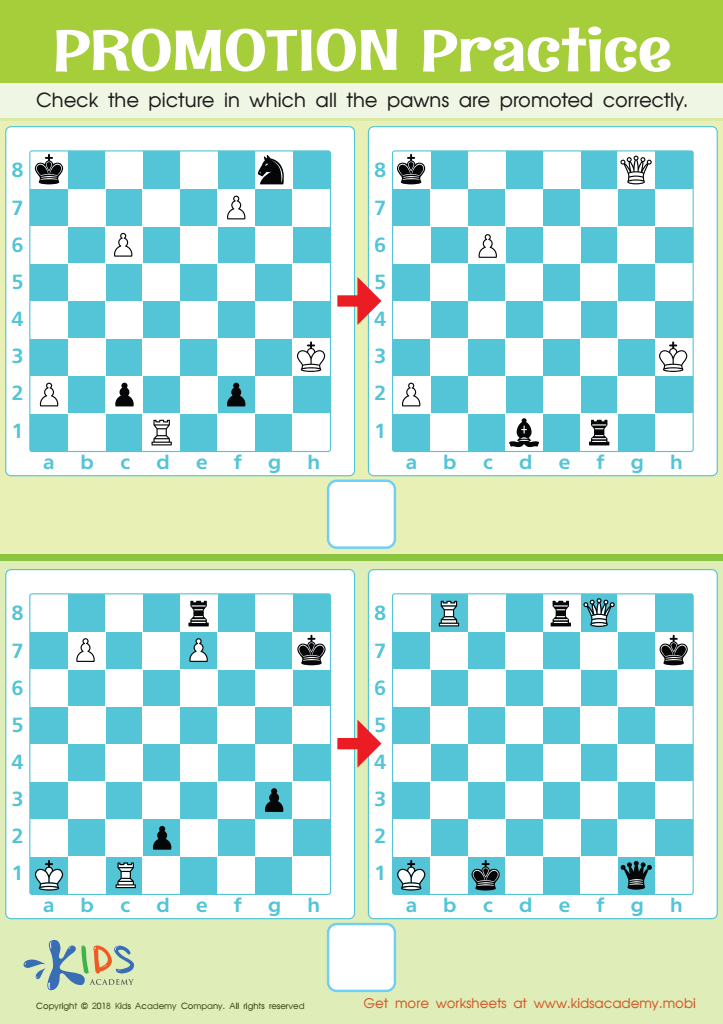

Promotion Practice Worksheet
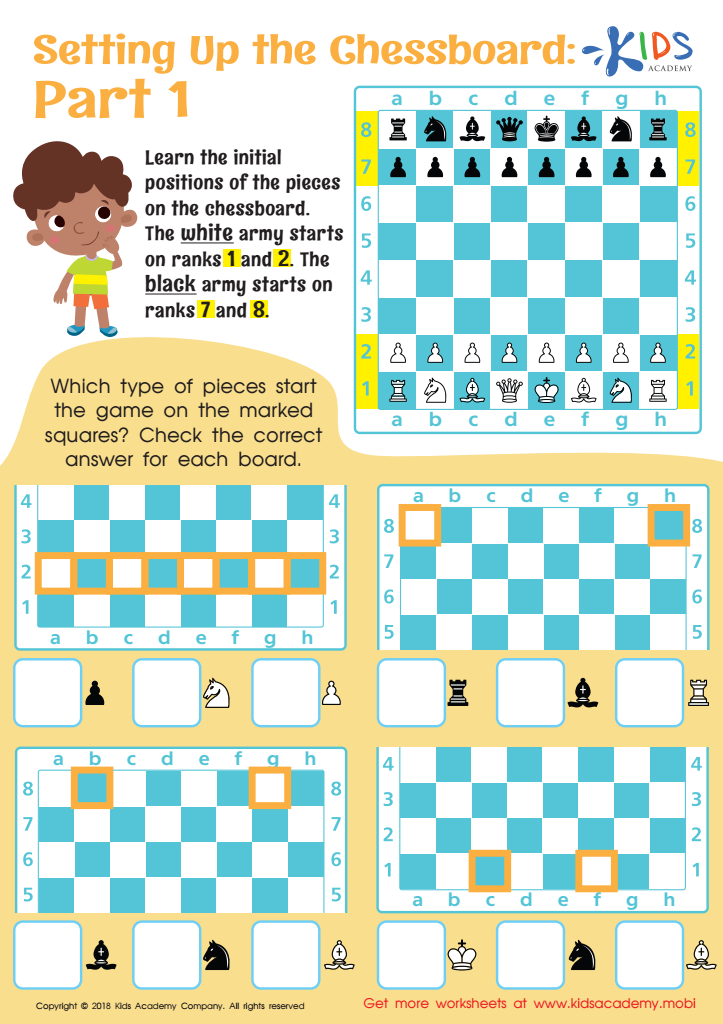

Setting up the Chessboard: Part 1 Worksheet
Normal Chess worksheets designed for ages 6-7 offer a unique blend of educational benefits tailored specifically for young learners. These worksheets serve as an essential tool for introducing the intricate game of chess in a manner that is both engaging and developmentally appropriate for children in this age group.
At ages 6-7, children are at a critical stage of cognitive development, where they begin to grasp more complex concepts and enhance their problem-solving skills. Normal Chess worksheets are crafted to nurture these abilities, presenting chess strategies and tactics in a simplified way that resonates with their budding intellectual capacities. These exercises encourage critical thinking, as young players must contemplate their moves and anticipate their opponents' strategies.
Moreover, Normal Chess for Ages 6-7 helps in improving concentration and focus. Chess requires players to pay attention to the entire board, plan ahead, and remember the rules of how each piece moves. Regular practice with these worksheets can significantly enhance a child's ability to concentrate on tasks, a skill that is beneficial not only in chess but in academic pursuits as well.
Additionally, through these worksheets, children learn the value of patience and perseverance. Grasping the basics of chess and gradually improving requires time and effort. This process teaches young learners the importance of diligent practice and learning from their mistakes, instilling a growth mindset from an early age.
In conclusion, Normal Chess worksheets for ages 6-7 are not just about learning a game; they are a comprehensive educational tool that supports critical cognitive development, concentration, and character building in young children, making them an invaluable resource for their overall growth.
 Assign to the classroom
Assign to the classroom

